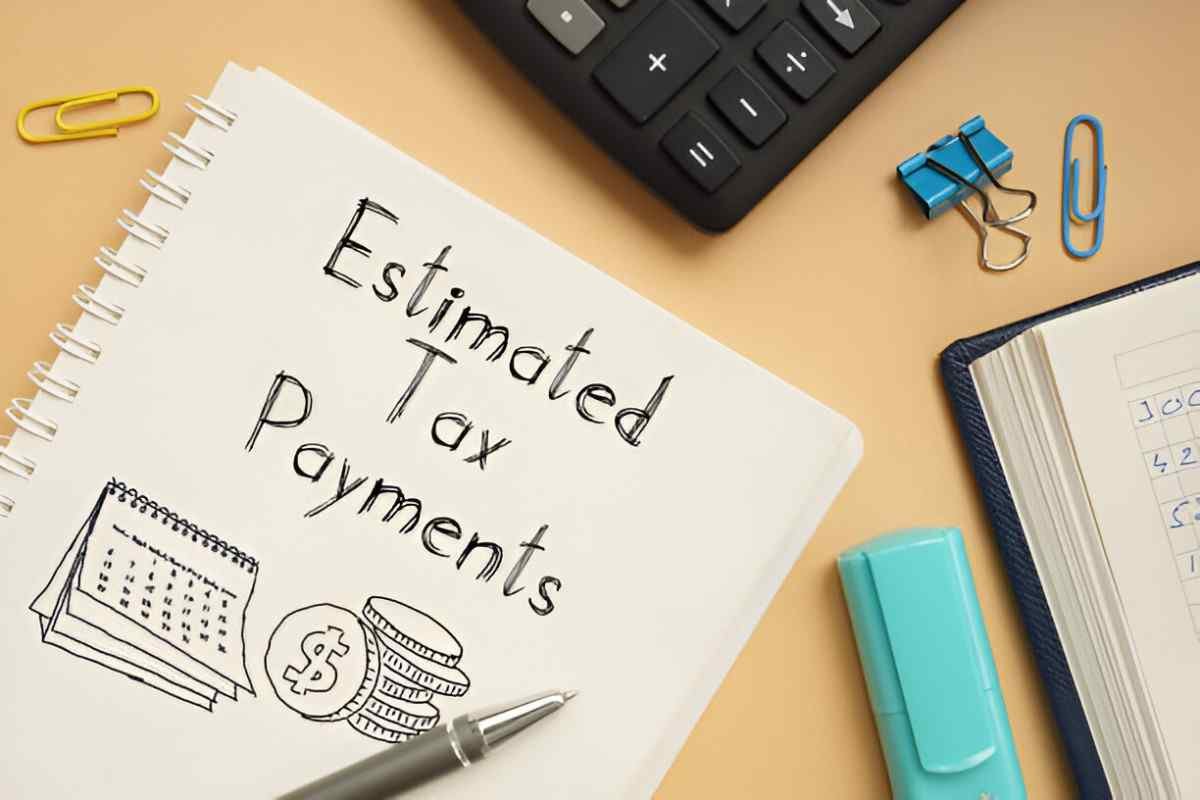If you’re a taxpayer in Alabama, understanding estimated tax payments is crucial to managing your financial obligations. Estimated tax payments are periodic payments made to the state by individuals and businesses who expect to owe tax beyond what is withheld from their income. These payments help prevent penalties and interest that may arise from underpayment. In this article, I’ll take a deep dive into the topic, explaining what estimated tax payments are, why they are required, how to calculate them, and how the state of Alabama handles these payments. I’ll also provide practical examples and tips to help you navigate the process with ease.
Table of Contents
What Are Estimated Tax Payments?
Estimated tax payments are advance payments made towards your income tax liability for the year. These payments are typically made by taxpayers who do not have enough taxes withheld from their paycheck or by those who receive income from other sources, such as self-employment, rental income, or interest earnings.
In Alabama, as in other states, the tax system is designed to collect taxes gradually throughout the year rather than in one lump sum at the end of the year. The state allows taxpayers to make these payments quarterly, so they don’t face a large tax bill at tax time.
Who Needs to Make Estimated Tax Payments in Alabama?
Not everyone in Alabama needs to make estimated tax payments. If you are an employee with taxes automatically withheld from your paycheck, you likely do not need to worry about estimated payments. However, if you fall into one of the following categories, you may be required to make estimated tax payments:
- Self-employed individuals: If you’re running your own business or working as an independent contractor, you’re responsible for paying your own taxes, which means you’ll likely need to make estimated payments.
- Freelancers and gig economy workers: If you’re earning money from freelance work or platforms like Uber or Etsy, your earnings may not have tax withheld, so estimated payments are necessary.
- Retirees: If you receive income from retirement accounts, pensions, or annuities, this income may not have taxes withheld, requiring estimated payments.
- Investors: If you have significant income from investments, such as dividends or capital gains, you might need to pay estimated taxes if those earnings aren’t subject to withholding.
When Are Estimated Tax Payments Due in Alabama?
In Alabama, estimated tax payments are due quarterly on the following dates:
- April 15: The first payment is due for the current year’s tax liability.
- June 15: The second payment is due.
- September 15: The third payment is due.
- January 15 of the following year: The fourth and final payment is due.
If a due date falls on a weekend or holiday, the payment is typically due the next business day. It’s important to note that if you’re making your payment after these deadlines, you could face penalties and interest.
How to Calculate Estimated Tax Payments in Alabama
To calculate your estimated tax payments in Alabama, you need to estimate your total tax liability for the year. This involves considering both your federal and state tax obligations. Alabama’s income tax rates range from 2% to 5%, depending on your income level, and it uses a progressive tax system.
Here’s how to calculate your estimated tax payments:
- Estimate your total income: Add up all your income for the year, including wages, self-employment income, interest, dividends, rental income, and other sources.
- Determine your deductions: Subtract any deductions, such as the standard deduction, business expenses, or other allowable deductions.
- Apply Alabama’s tax rates: Use Alabama’s income tax brackets to estimate your state tax liability.
- Consider credits: Subtract any tax credits you qualify for, such as credits for taxes paid to other states or education-related credits.
- Divide by four: Once you have your estimated total state tax liability, divide it by four to determine the amount due each quarter.
For example, if you estimate your total tax liability for the year will be $4,000, your quarterly payments would be $1,000 each ($4,000 ÷ 4).
Example Calculation
Let’s go through an example to make the calculation clearer. Suppose you’re self-employed and expect the following:
- Total income: $50,000 from your freelance work.
- Deductions: $12,000 for business expenses.
- Taxable income: $50,000 – $12,000 = $38,000.
- Estimated tax liability: Based on Alabama’s tax rates, your estimated tax liability is 2% for the first $5000, 4% for income over $5,000 up to $10,000, and 5% for income over $10,000.
- Let’s break it down:
| Income Bracket | Rate | Amount Taxed |
|---|---|---|
| First $5,000 | 2% | $100 |
| Next $5,000 | 4% | $200 |
| Remaining $28,000 | 5% | $1,400 |
| Total Tax | $1,700 |
If your total tax liability is $1,700 for the year, your quarterly payment would be $1,700 ÷ 4 = $425 per quarter.
How to Pay Estimated Taxes in Alabama
In Alabama, there are several ways you can make your estimated tax payments:
- Online through the Alabama Department of Revenue website: You can use the My Alabama Taxes (MAT) portal to pay your estimated taxes. This is the most convenient way to make payments.
- Mail: If you prefer, you can send a check or money order with your payment voucher to the address provided by the Alabama Department of Revenue.
- Electronic Funds Transfer (EFT): Businesses or individuals who are required to make large payments can set up an EFT with the state to make direct payments from their bank account.
Penalties for Underpayment of Estimated Taxes
If you don’t pay enough estimated tax or if you miss a deadline, you may face penalties and interest charges. The penalty is typically calculated based on the amount of tax you owe, the length of time your payment was overdue, and the interest rate set by the IRS. In Alabama, the penalty for underpayment is assessed at the state’s interest rate, which is currently 5% per year.
To avoid penalties, it’s crucial to make sure that your estimated payments are accurate and timely. If you overestimate your tax liability, you may receive a refund when you file your tax return.
Tips for Managing Estimated Tax Payments
Managing your estimated tax payments effectively can help you avoid stress come tax season. Here are some tips:
- Keep good records: Track all your income and expenses throughout the year to ensure your estimated payments are based on accurate data.
- Review your estimates regularly: If your income or deductions change during the year, adjust your estimated payments accordingly.
- Use tax software or a professional: If you’re unsure about how to calculate your payments, consider using tax software or consulting with a tax professional.
- Pay on time: To avoid penalties, make sure your payments are submitted by the due dates.
Conclusion
In conclusion, estimated tax payments are an important aspect of managing your tax liability in Alabama. By understanding who needs to make payments, how to calculate them, and the available payment methods, you can avoid unnecessary penalties and interest charges. Make sure to stay on top of your payments and adjust them as necessary to ensure you’re meeting your tax obligations throughout the year.
If you’re ever unsure about your specific situation, I highly recommend consulting with a tax professional to ensure you’re making the right payments at the right time. This can save you from unexpected tax bills and help you stay financially healthy.





